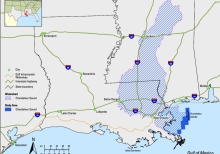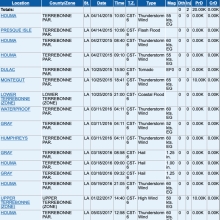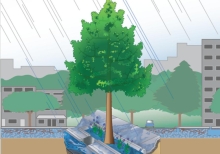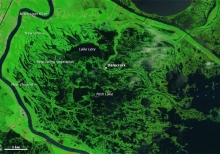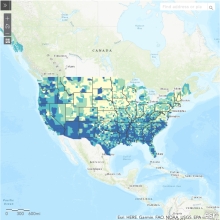St. Tammany Parish Just Keeps Growing. See The Data
St. Tammany Parish has roughly 22,500 more people living there than it did eight years ago. And people continue to move into the parish. That latest U.S. Census Bureau estimates show St. Tammany's population was up 1.4 percent in July 2017 compared with the year prior. Last year was the seventh consecutive year of population growth for the parish. Much of that growth is thanks to new residents who continue to move into St. Tammany at a healthy clip.

